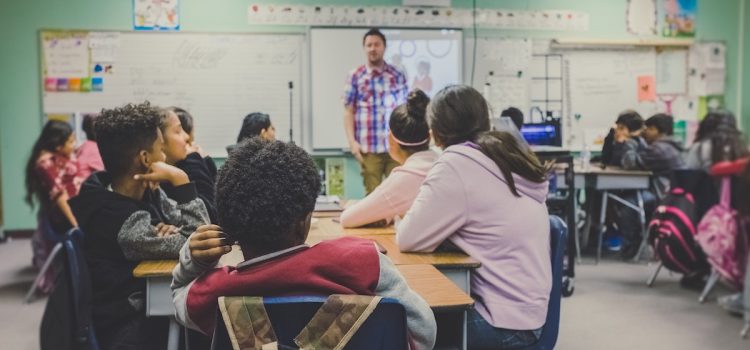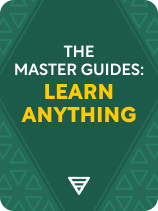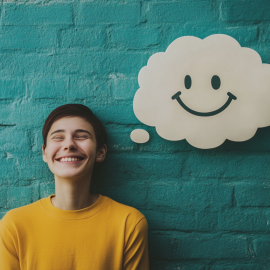

This article is an excerpt from the Shortform book guide to "The Master Guides: Learn Anything" by Shortform. Shortform has the world's best summaries and analyses of books you should be reading.
Like this article? Sign up for a free trial here.
Does everyone have a learning style that’s most effective for them? What’s the current scientific understanding of the way we learn?
Not long ago, the idea of learning styles was all the rage in education. Now, teachers are going in a different direction based on what research shows.
Continue reading to learn about the myth of learning styles.
The Myth of Learning Styles
There’s a common idea that everyone has a learning style—such as visual, auditory, or hands-on—and that you learn best when taught in a way that matches your learning preference. Now, science has debunked the myth of learning styles, showing that you actually learn best when you make use of multiple learning styles at once. Modern educators argue against the “learning style” theory while touting the benefits of engaging multiple senses in the learning process and embracing the aspects that cause you to struggle.
While it may be true that people have distinct preferences about the way they learn, in Make It Stick, Peter C. Brown, Henry L. Roediger III, and Mark A. McDaniel show that learning isn’t inhibited if the teaching style doesn’t match the learning style. In fact, everyone learns best when the teaching style matches the subject of the lesson, such as using pictures to teach geometry or audio to teach a foreign language. Also, fixating on learning styles can limit your view of your potential, which can then affect your confidence to try new things, how much effort you put in, and your perseverance in the face of obstacles.
Multisensory Learning
Regardless of your preferred learning style, you learn something even better if you see it and hear it. In Learning How to Learn, Barbara Oakley and Terrence Sejnowski explain that connecting an idea to multiple sensory inputs creates more synaptic connections in your brain. This makes it easier to learn and remember because there are more neural pathways you can use to retrieve the idea. Therefore, the more senses you engage in learning something, the better you’ll learn it. You can do this by listening to a book on audio while you read it, or by watching an instructional video on how to repair a faucet while you do it.
Learning From Mistakes
You may balk at attempting a particular learning style because you feel you struggle with it and end up making mistakes. Jo Boaler argues that that’s exactly when the most powerful learning takes place. Brain scans prove that students who spend time correcting their mistakes exhibit more mental activity than students who get the right answers initially. Therefore, when you have to fight through a problem, you’re creating more neural connections than you would have otherwise. Struggling to learn and making mistakes is what increases your mental capacity.
| Example: Jack and Sara’s Early Struggles In her high school physics class, Sara’s greatest challenge is translating word problems into mathematical expressions she can solve. She often makes algebraic mistakes that she has to work hard to correct. Meanwhile, her father Jack gets increasingly frustrated with the manual dexterity required to switch between musical chords on his guitar. He often puts his fingers on the wrong fret or takes too much time between chord transitions. As frustrating as their struggles are, every time they correct their own errors, their brains form new neural connections. The mental pathways that represent the correct concepts and skills grow stronger over time with repetition so that eventually Jack and Sara both advance to the next level of difficulty, which will involve a whole new round of mistakes to learn from. |

———End of Preview———
Like what you just read? Read the rest of the world's best book summary and analysis of Shortform's "The Master Guides: Learn Anything" at Shortform.
Here's what you'll find in our full The Master Guides: Learn Anything summary:
- How you can learn anything you want at any point in your life
- Advice from experts on how to master the skill of learning
- A guide on how to improve your memorization, comprehension, and more






